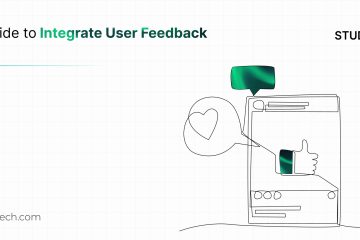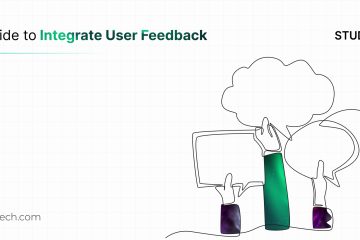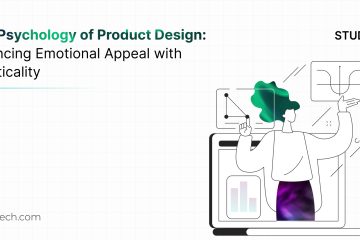5 Awesome UX Design Trends for 2018
Want to design the best possible APPS in 2018? Our breakdown of the latest UX design trends will help you to stay on the cutting edge of design.
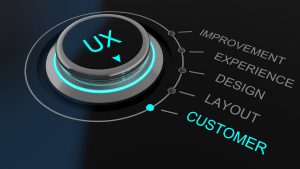
Finding just the right mix of usability and appearance is a difficult task for a user experience (UX) designer. It’s essential that designers keep up with the latest UX design trends in order to stay relevant. How though, do you identify the key changes that will drive next-gen app design and adoption?
Check out these five trends that will be the focus of UX design in 2018.
1. Augmented and Virtual Reality
AR and VR technologies are two fields that are rapidly approaching commercial maturity. The technology, hardware, and designs exist and work, now it’s time for developers to step up and find usable and lucrative purposes for them.
AR, in particular, has a variety of potential applications for UX. The Microsoft Hololens is available for developer purchase. Companies that are able to create a highly usable and beautiful interface for their Hololens programs will find success in a nascent market.
VR is slightly more mature than AR, with several fully functional and commercially available platforms. Creating a fully realized virtual experience that provides value to consumers will become more important than ever going forward.
2. Integrated Biometrics
Most flagship smartphones now include some form of biometric identification. Consumers love the ease of use and strong security provided by fingerprint scanners, iris scanners, and facial recognition.
UX designers should take heed, by integrating existing biometrics into app logins you reduce the time needed to start using your app. Apps that need payment authorization or have access to other high-value information greatly benefit from biometric usability.
3. Time-Saving Features
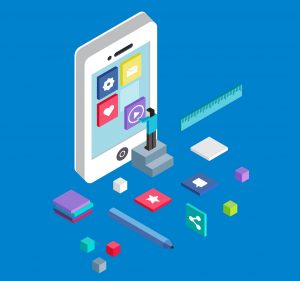 Consumers’ attention span is shrinking rapidly. If your UX doesn’t provide a clear and exceedingly quick progression through usable fields, expect to lose their interest.
Consumers’ attention span is shrinking rapidly. If your UX doesn’t provide a clear and exceedingly quick progression through usable fields, expect to lose their interest.
UX design going forward must research the most common usage patterns of their consumers. Knowing how your potential market wants to use your app allows you to design them to maximize usability and quickness.
This is especially important when trying to build multi-platform apps. UX must always be reevaluated when attempting to port your app to other platforms.
4. Voice-First Focus
AR and VR both represent valuable areas for UX design, but smart speakers with voice-first interfaces are on a whole different level. Current data shows that smart speakers like the Amazon Echo and Google Home beat out all other emerging tech trends in their growth.
Creating effective UX for a voice-first application involves a shift in traditional thinking. Many voice applications won’t need a visual interface at all. The entire UX will revolve around the usability and responsiveness to voice queries and commands.
Apps that are able to crack this interface will have a competitive advantage over competitors.
5. Content-Centered Design
As the saying goes, content is king. UX design trends going forward must focus on content presentation and delivery if they want to compete.
Consumers have a wide variety of apps to choose from in every category. Creating an experience that focuses on content curation and accessibility will become crucial going forward.
Designers can accomplish this in a number of ways. Central to this is removing distractions and visual clutter from design. Using dead spaces effectively helps give consumers a break from information overload within an interface.
UX Design Trends Going Forward
The crux of these tips is that consumers are becoming ever more demanding of UX designers. They want things faster, clearer and more accessible than ever before. Putting these trends at the focus of your app development process is essential for success.
To find out other ways to optimize your UX, contact us for a free consultation.
